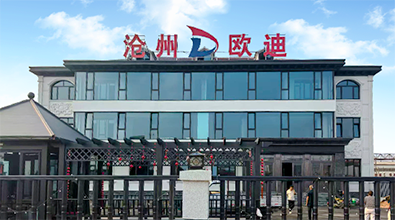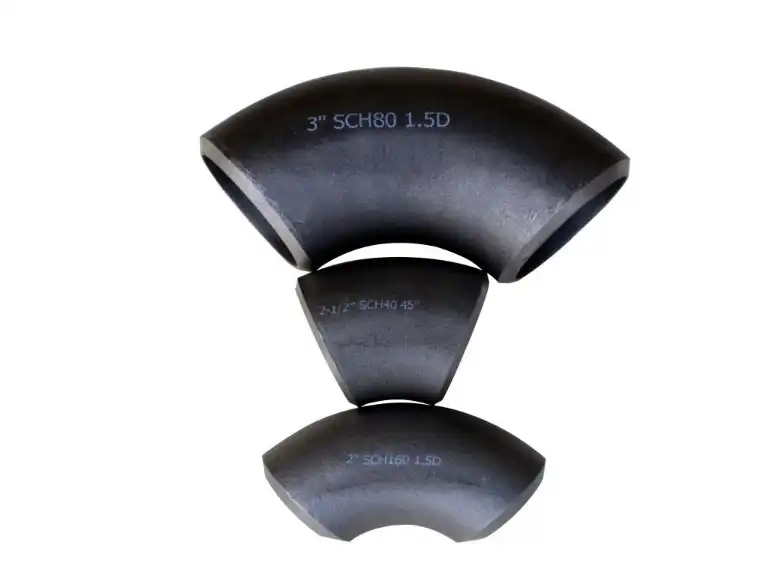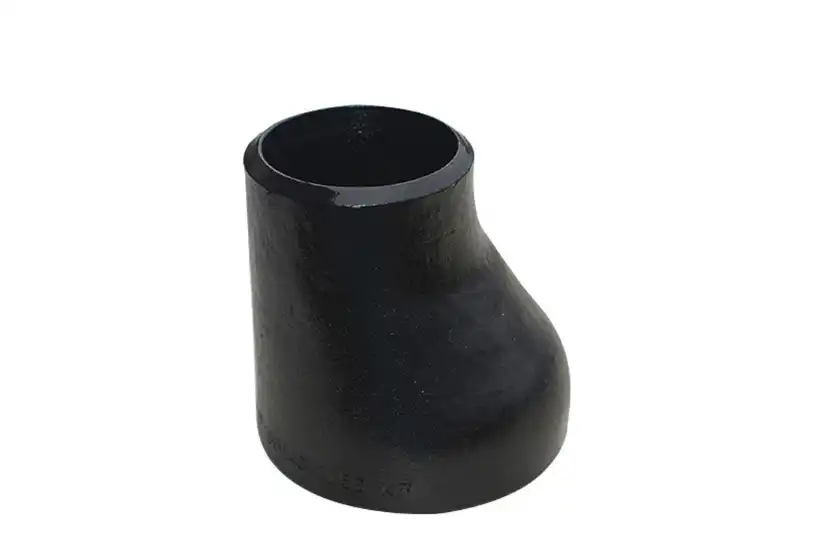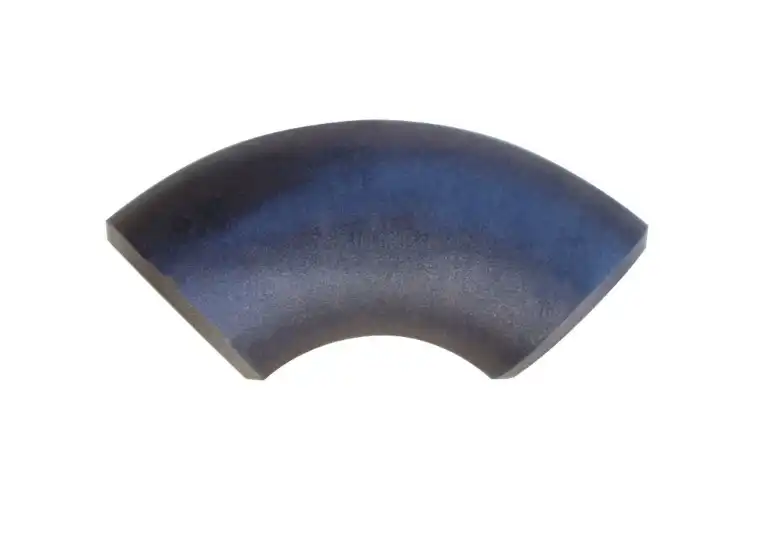A commonly used standard for carbon steel pipe fittings, like the ASTM A234 WPB elbow, is ASTM A234 WPB. These fittings are used when there is a lot of heat and pressure. ASTM, or the American Society for Testing and Materials, made this rule. It shows the guidelines for carbon steel parts that are soldered or smooth and come in a range of shapes and sizes. WPB is a type of carbon steel that has a controlled chemical makeup and mechanical properties that make it good for use in tough industrial settings. ASTM A234 WPB valves are known for their strength, durability, and ability to withstand high temperatures. This means they are great for power plants, oil refineries, chemical processing plants, and other places where they need to always do their job right. Engineers, purchasing agents, and others who help plan, choose, or set up pipe systems for important industrial uses need to be aware of the ASTM A234 WPB material standard.
What is ASTM A234 WPB material specification?
Chemical Composition of ASTM A234 WPB Elbows

Carbon Content
ASTM A234 WPB elbows' general strength and hardness depend greatly on how much carbon is in them. The standard says that the carbon rate needs to be somewhere between 0.30% and 0.35%. This carefully monitored carbon level makes sure that the elbows are strong enough to deal with high pressures and temperatures without becoming less flexible. ASTM A234 WPB elbows are easy to weld because they have a carbon percentage that is managed. As a result, a wide range of piping systems that use various welding techniques can make use of these. Also, this amount of carbon helps the material stay strong during thermal cycling, which is important for uses that involve changing temperatures.
Manganese and Silicon
ASTM A234 WPB elbows get their overall performance and long life from the manganese and silicon that are a part of them. Silicon is typically 0.10% to 0.50%, and manganese is 0.29% to 1.06%. All of these things help to make the material tougher and harder. Manganese is added to make steel harder, which means that ASTM A234 WPB elbows can better handle high stress without changing shape or wearing down. On the other hand, silicon is used to get air off of the metal when making steel. This helps get rid of things that shouldn't be there and improves the steel as a whole. ASTM A234 WPB elbows are strong and rust-resistant because they are made with manganese and silicon in the right amounts. This makes them useful in many different areas of the workforce.
Phosphorus and Sulfur
Elbows made of ASTM A234 WPB material must have a very low amount of phosphorus and sulfur so that they will work well and stay in good condition. Phosphorus can only make up 0.050% of the total, and sulfur can only make up 0.058%. These strict rules are very important because too much of these elements can hurt the material's features. If phosphorus is present in large amounts, it can make ASTM A234 WPB elbows more weak and less tough against impacts, especially at low temperatures. If sulfur isn't properly managed, it can form spots that act as places where stress builds up. This could cause the material to fail too soon when it's put under repetitive loading conditions. Manufacturers make sure that ASTM A234 WPB elbows stay strong and reliable in tough industrial settings by following these strict rules.
Mechanical Properties Required by ASTM A234 WPB
Tensile Strength
ASTM A234 WPB elbows' tensile strength is an important engineering property that shows how well they can handle rotational loads without snapping. Standards say that these bends need to have a tensile strength of at least 60,000 psi (415 MPa). Elbows made of ASTM A234 WPB have a high tensile strength, so they won't bend or break for good even when they're used in pipe systems that have a lot of pressure. These elbows are a good choice for tough industrial settings like power generation, oil and gas processing, and chemical manufacturing because they don't break easily when pulled. The pipe system also keeps working the same way all the way through because the tensile strength is the same across the whole curve shape. This makes it less likely for the system to have any weak spots or places where it could fail.
Yield Strength
Another important mechanical feature for ASTM A234 WPB elbows is yield strength. It shows the amount of stress at which the material starts to permanently change shape. These elbows must have a bending strength of at least 35,000 psi (240 MPa). ASTM A234 WPB elbows have a high yield strength, so they can keep their shape and strength during regular use, even when there are high forces or heavy loads on them. The high yield strength also gives the pipe system a safety cushion against unexpected pressure spikes or mechanical loads, which makes it more reliable. Also, ASTM A234 WPB elbows have uniform yield strength across different batches. This lets engineers plan pipe systems with trust, sure that the fittings will work as expected, no matter how they are loaded.
Elongation
Elongation tells you how ductile the material is and how much it can change shape without breaking before it fractures. For ASTM A234 WPB elbows, the minimum extension standard is usually 22% over 2 inches, or 50.8 mm. The elbows' ability to stretch a great deal makes sure that they can handle some amount of plastic deformation without breaking right away. This is especially important when heat expansion, shaking, or temporary overloading are involved. ASTM A234 WPB elbows have great formability during manufacturing processes because they can stretch a lot. This lets manufacturers make complicated shapes and sizes while keeping the elbows strong. Also, because it can bend without breaking, the extension of the material makes ASTM A234 WPB elbows good for use in a wide range of temperature conditions, from cold to high temperatures.
How to Verify ASTM A234 WPB Compliance in Elbows?
Material Certification
Material approval is a very important part of making sure that ASTM A234 WPB elbows are up to code. In this process, the Material Test Report (MTR) or Mill Test Certificate (MTC) from the maker or seller needs to be checked out. There is a lot of information in these studies about the elbows' chemical makeup, strength testing, and heating methods. When reviewing the material approval for ASTM A234 WPB elbows, it is important to check that all of the chemicals are in the right areas and that the mechanical qualities meet the bare minimum or better. It should also have information about the heat number, the production method, and any other tests that were done. By carefully looking over these documents, engineers and quality control staff can be sure that the ASTM A234 WPB elbows are up to code and will work for their intended purpose.
Visual Inspection
A close look is an important way to make sure ASTM A234 WPB elbows meet the required standards. In this process, the elbows' overall health, fit with the size standards, and general look are all carefully examined. Cracks, pits, or features that could make the ASTM A234 WPB elbows fitting weaker are things that inspectors should look for when they do an eye check. The knees should be smooth and even all over, with no visible flaws. Also, measure the outside width, bend radius, wall thickness, and other things about the elbows and compare them to the given limits. The heat number, material grade, and manufacturer's ID should all be clear and easy to read on the elbows. You can't be sure that something meets the ASTM A234 WPB standards just by looking at it, but this method can help find clear non-conformities and is an important first step in the quality control process.
Non-Destructive Testing
Non-destructive testing (NDT) is a very important part of making sure that ASTM A234 WPB elbows are compliant and of good quality without damaging them. Different NDT methods can be used to check different parts of the elbows' health and how well they meet the requirements. Ultrasonic testing (UT) is often used on ASTM A234 WPB elbows to check for internal problems, measure wall thickness, and make sure there are no laminations. Magnetic particle inspection (MPI) or liquid penetrant testing (PT) can be used to find flaws on or just below the surface that people can't see without help. Radiographic testing (RT) can be used on soldered ASTM A234 WPB elbows to check the quality of the welds and make sure they fuse correctly. Positive material identification (PMI) methods like X-ray fluorescence (XRF) or optical emission spectroscopy (OES) can also be used to check the chemical makeup of the elbows right there on the job site. By using a mix of these NDT methods, producers and end-users can get a full picture of the quality and compliance of ASTM A234 WPB elbows. This makes sure they are fit for important industry uses.
Conclusion
ASTM A234 WPB material specification sets the standard for high-quality carbon steel pipe fittings, particularly elbows, used in demanding industrial applications. By adhering to strict chemical composition requirements, mechanical properties, and verification methods, ASTM A234 WPB elbows ensure reliability, durability, and safety in critical piping systems. Understanding and implementing these specifications is crucial for engineers, manufacturers, and end-users to maintain the integrity and performance of industrial infrastructure. As technology advances and industry demands evolve, continuous adherence to and improvement of these standards will remain essential in meeting the challenges of modern industrial applications.
For more information about our high-quality ASTM A234 WPB elbows and other pipe fittings, please contact us at oudi-04@oudiguandao.com. Our team of experts is ready to assist you with your specific requirements and ensure you receive the best products for your industrial applications.
References
1. ASTM International. (2019). ASTM A234/A234M-19 Standard Specification for Piping Fittings of Wrought Carbon Steel and Alloy Steel for Moderate and High Temperature Service.
2. American Society of Mechanical Engineers. (2017). ASME B16.9-2018 Factory-Made Wrought Buttwelding Fittings.
3. Nayyar, M. L. (2000). Piping Handbook (7th ed.). McGraw-Hill Education.
4. Smith, P. (2018). Piping Materials Guide: Selection and Applications for Industrial Piping Systems. Elsevier.
5. American Petroleum Institute. (2016). API 5L Specification for Line Pipe.
6. Antaki, G. A. (2003). Piping and Pipeline Engineering: Design, Construction, Maintenance, Integrity, and Repair. CRC Press.

Need help finding the right solution with our experts. Please contact us.

SINCE 1998 Your Reliable Pipeline Manufacturer



